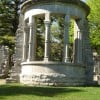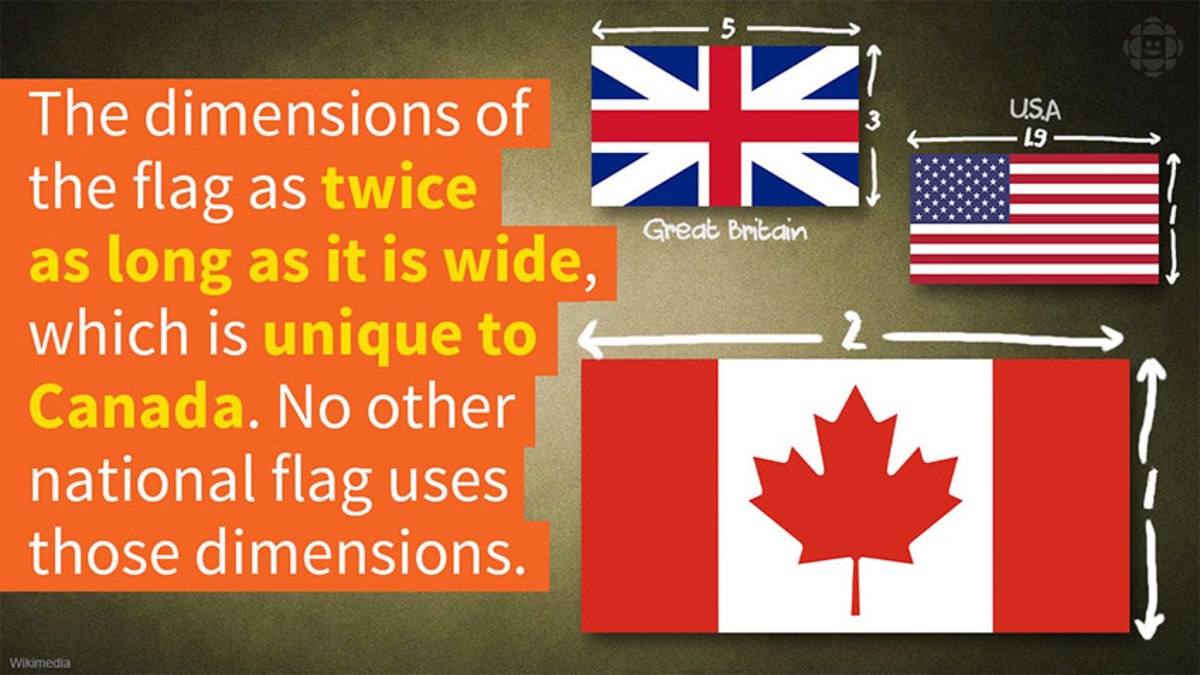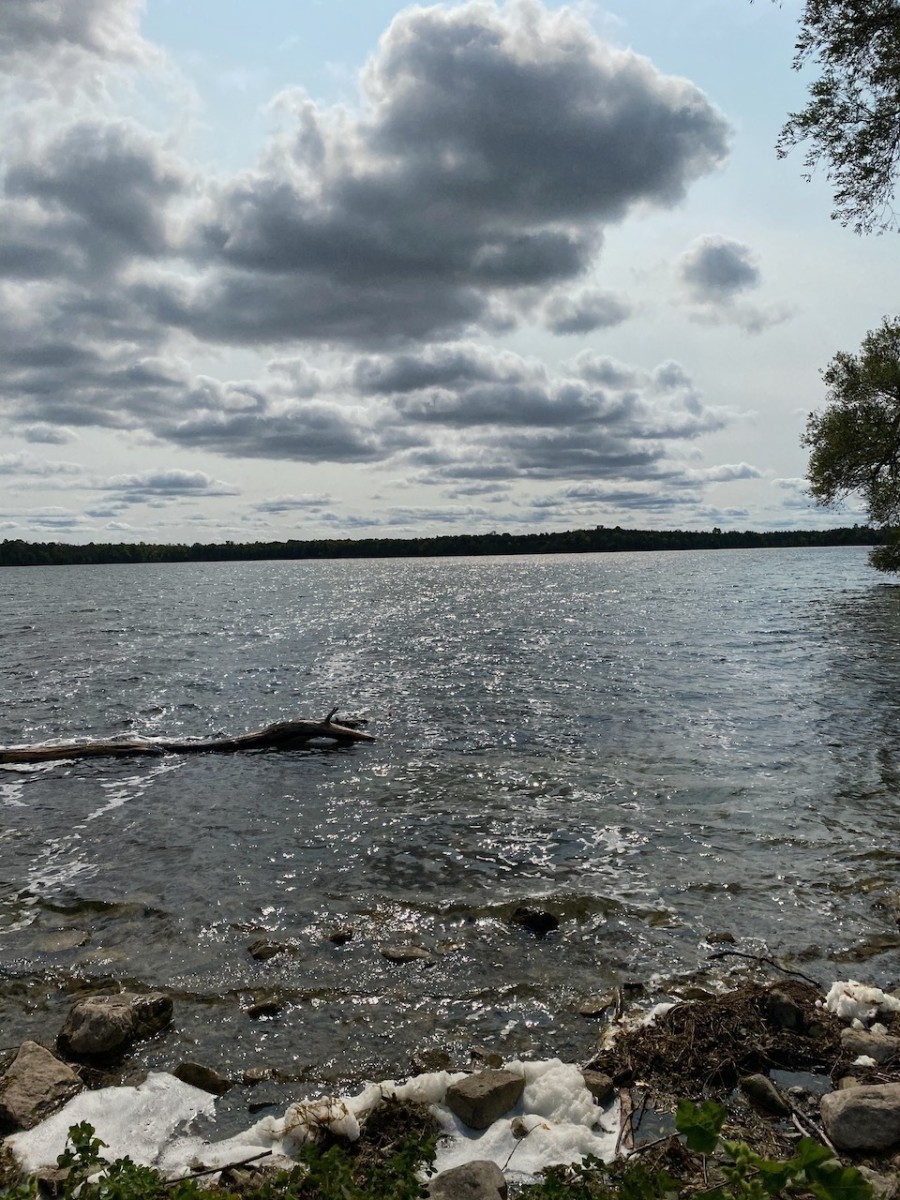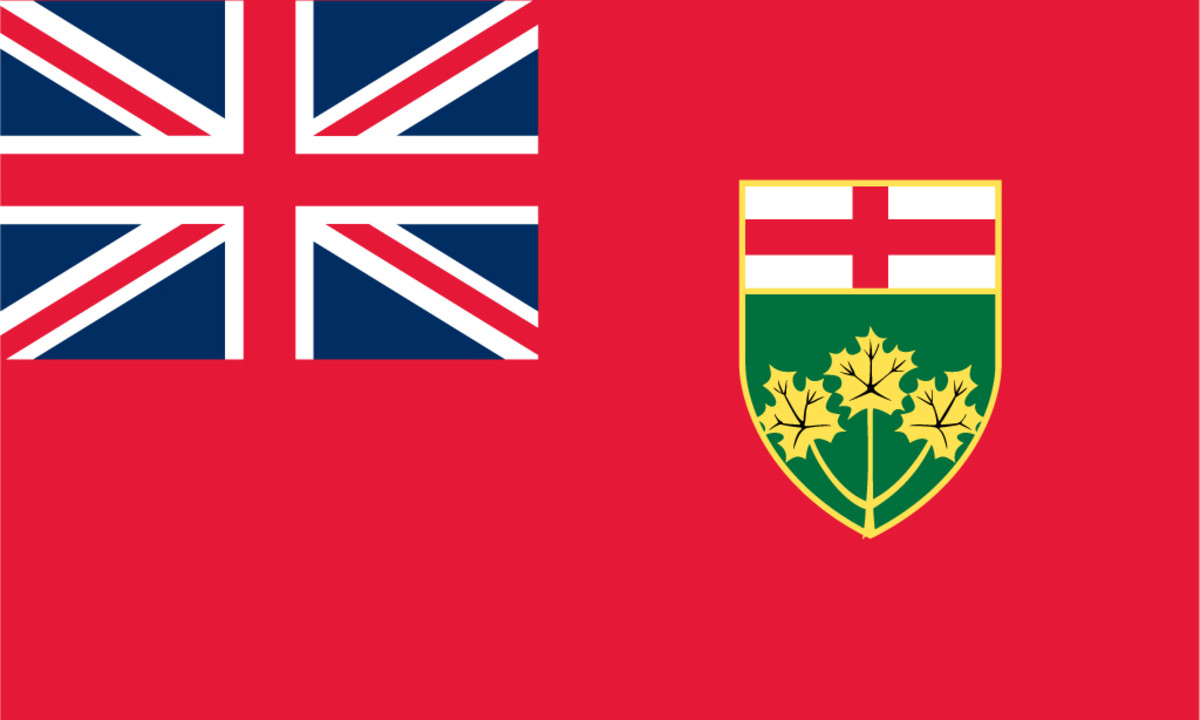Visiting the King Edward Hotel, Toronto, Ontario: with an elegant 1903 frontage, the scene of historic events
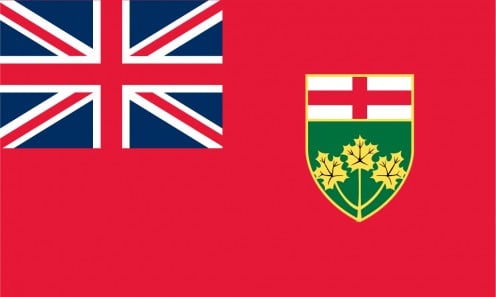
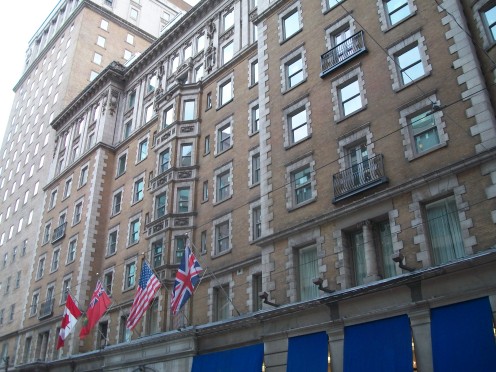
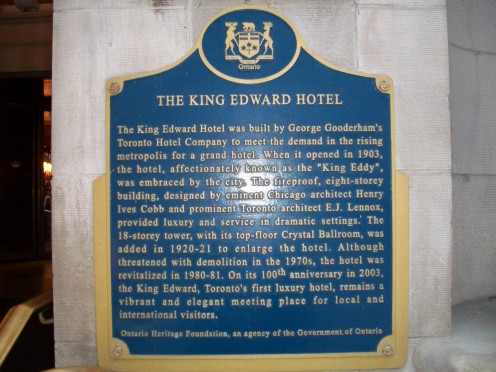
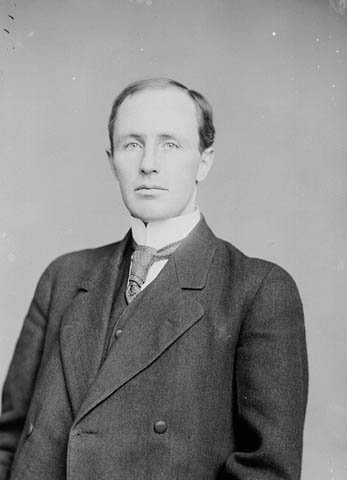
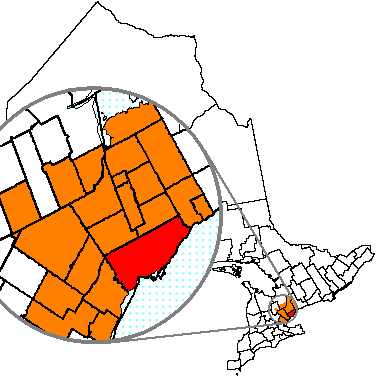
'Men of means' laying the seed plot of a coup-d'état, which much later came to fruition
This hub is limited to some historical aspects of this heritage building, the King Edward Hotel, 37 King Street East, Toronto, Ontario. For any aspect of the services of this fine hotel, contact should be made directly with its management.
The architects for the King Edward Hotel were Henry Ives Cobb (1859-1931)(1) and Edward James Lennox (1854-1933)(2).
Opened in 1903, the elegant Beaux-Arts King Edward Hotel soon became a prime hospitality venue, much sought after by prominent people (3). A ballroom was added in the early 1920s, but its use was phased out in the late 1950s. Originally with 8 storeys, these were augmented within 20 years of its opening by an 18-storey tower. The building is executed in a combination of limestone and brick. An Ontario Heritage plaque outside the Hotel's main entrance details some of the building's history.
The site upon which Toronto's King Edward Hotel is built was already historically significant. In the days when Toronto was called 'York', a structure on the site served as a jailhouse between 1798 and 1827. A plaque sponsored by Le Royal Meridien King Edward Hotel describes the site's connection with this old, log jailhouse. The plaque makes mention of the hanging of one John Sullivan in 1798 for theft.
One, noted event which took place at the King Edward Hotel, with potentially far reaching effects, was a speech by Arthur Meighen on September 22, 1922. Meighen had served as Prime Minister of Canada, 1920-1921 and was again to serve briefly in that office in 1926. It was, however, this speech which he made during the intervening period as Leader of the Opposition which somewhat defined not only his personal legacy but also illustrated the period and process of Canada's constitutional transition to an increasingly autonomous Dominion — and resistance thereto.
This speech is often referred to as Arthur Meighen's 'Ready, Aye, Ready' speech, quoting some words which he used. But for the context, some background.
Meanwhile, Winston Churchill, as Colonial Secretary, was using leaks to newspapers to press for renewed military action (near the Dardanelles, the scene of the costly disaster in World War One, in which he had played a part), even calling for Canadian military contributions to renewed hostilities: contributions which had not been discussed between British officials and the Canadian government. Such a discussion would have been the expected procedure, given the extent of Canadian sacrifice and achievement in World War One, and the developing autonomy of the Parliament of Canada. (Churchill much later apologized to William Lyon Mackenzie King for his actions; and King and Churchill went on to enjoy a very tolerable, if complex, relationship as war leaders in World War Two.)
Interestingly, at this time, as Prime Minister of Canada, WL Mackenzie King, in his relationship with the British government, was at least in some ways in a similar situation as had been Erskine Childers, during the Truce in the bitter Irish War of Independence, several months previously (4). Childers was Secretary to the Irish delegation, which, over his strenuous objections, signed the Anglo-Irish Treaty several months previously, at the end of 1921. King harboured an abiding fear that Imperial militarism would override formal agreements. Churchill's actions during this period did nothing to allay his fears. Erskine Childers experienced a permanent anxiety that the Imperial establishment would find some excuse not to abide by the Anglo-Irish Treaty, which ostensibly gave Ireland some measure of independence; and so it proved: Winston Churchill delivered an ultimatum about how to deal with anti-Treaty Republicans holed up in some government buildings, and threatened to reoccupy Ireland; to avert which, the sanguinary Irish Civil War ensued.
It was in this kind of climate of suspicion (or carelessness) regarding Imperial motives, and their potentially disruptive effects, that Meighen's 'Ready, Aye, Ready' speech was made: to an audience of hundreds of prominent business people at the King Edward Hotel. The Leader of the Opposition thus castigated W L Mackenzie King for his apparent unwillingness to send Canadian troops to Turkey when British Imperial figures through newspapers, rather than Parliament, presumed to mandate it.
But within a few days, the Chanak Crisis subsided; soon, Winston Churchill, the 'elephant' in British Prime Minister Lloyd-George's living room, was gone from government, taking Lloyd-George with him, (and the British Conservative Party has ever since then used '1922' to refer to the party committee which back-bench Members of Parliament ostensibly use to check authoritarian tendencies on the part of the leadership).
Arthur Meighen was left looking foolish (at least, to some Canadians) as the unquestioning public defender of British Imperial military adventures. The episode says a lot, however, about how deeply English Canada could be whipped up at this period at the resonance of British Imperial feeling over and above Canadian Parliamentary authority. In 1925, Meighen came within an ace of winning office, and in 1926 (albeit not after an election) did indeed win office briefly when Viscount Byng, the Governor-General of the day, went over W L Mackenzie King's head and made him Prime Minister again.
Interestingly — amazingly, indeed — in World War Two, the same basic influences, and several of the same personalities, were active, and directly or indirectly involved in a far-reaching series of events. These events led to what amounted to a coup-d'état in Canada.
In 1942, within months of Meighen's comeback attempt as Conservative leader, Mackenzie King asked J L Ralston, then threatening to resign over King's reluctance to introduce Conscription, if 'men of means' were exercising influence over him to try engineer his replacement as Prime Minister (5). While a compromise was then effected, lasting until 1944, King eventually did accept Ralston's resignation. But, after a short and tumultuous period, King acquiesced in meeting Ralston's longstanding demand, even though the conscripted troops proved not to be necessary (as historian J. L. Granatstein readily admits)(6). It later emerged that an unprecedented wartime threat by the Army Chiefs to resign if their private Pronunciamiento (supported to the hilt by what Mackenzie King called 'men of means' in Ontario and elsewhere) was not complied with (7). In other words, this amounted to a coup-d'état by military-industrial circles thereafter using Mackenzie King as their (short-lived) marionette in compliance with their demands (8).
At least in 1922, however, it may be said that Mackenzie King had successfully avoided giving in to pressures during the Chanak Crisis, despite the fulminations of Meighen with his 'Ready, Aye, Ready' speech to hundreds of 'men of means'. In 1922, also, WL Mackenzie King's position was more in keeping with the trend of history as regards Canada's relationship with Great Britain, and with a military firmly under the oversight of the Parliament of Canada, and in pursuit of Canadian military policy.
Another, oblique, historical point, in relation to the hanging of John Sullivan in 1798 for theft (see the fourth paragraph, above), can be made regarding war profiteering, as occurred in Canada in World War One on a massive scale, and which Prime Minister Mackenzie King feared lay behind Imperialist pressures from 'men of means'. Does war profiteering count in some sense as theft, also? Food for thought, at this historically interesting locale in Downtown Toronto.
December 28, 2012
Notes
(1) Other works for which Architect Cobb, of Chicago, Ill., was responsible included the Newberry Library, Chicago, and the Liberty Tower, New York City.
(2) Other works for which Architect Lennox was responsible included Old City Hall, Toronto.
(3) It is known that Ontario Premier Mitchell Hepburn used the 'King Eddy' for the trysting for which he was notorious; but I must confess that this kind of trivia interests me far less than do more historically significant considerations.
(4) See, for example: Frank Packenham, Peace by Ordeal, Pan Macmillan, 1972, passim.
(5) John Robinson Campbell, 'James Layton Ralston and manpower for the Canadian army', MA thesis, Wilfred Laurier University, 1980, p. 106. http://scholars.wlu.ca/cgi/viewcontent.cgi?article=1011&context=etd
(6) In the view of Granatstein, the conscripts were 'essentially unnecessary'. J. L. Granatstein, The Canadians: W. L. Mackenzie King, Markham, Ontario: Fitzhenry & Whiteside, 2002, p. 46. If one reads Allan Levine's recent biography of King, it is evident from Grant Dexter's and Bruce Hutchison's discussion with pro-Conscription minister Angus Macdonald in October 1944 that in reality the impetus for Conscription, ostensibly about troop numbers, bore little relation to the issue. Allan Levine, King, Vancouver, Toronto, Berkley: D & M Publishers, 2012, p. 478
(7) It needs to be borne in mind that only some months previously the military advice by Army Chief of Staff Lieutenant-General Kenneth Stuart to Mackenzie King was that volunteer troop levels would be adequate for the remainder of the war in Europe. Not the change of military advice itself to the civilian power, but its communication by means of a threat, which in wartime would be too risky and almost unconscionable for a civilian government to countenance ignoring, was highly irregular. It is nowhere countenanced by Canada's constitutional procedures, before or since. It arguably reveals the enduring strength still in 1944 of the British Imperial system combined with an Imperially oriented Canadian business community, and the lengths to which some prominent political figures in English Canada were prepared to go in collusion with these combined business and military influences. This was the same General Stuart who in 1942 was negotiating with the US military Canadian participation in the Aleutian Campaign, before even ministerial approval to do so was obtained. (See, for example: Galen Roger Perras, 'No Need to Send an Army Across the Pacific: Mackenzie King and the Pacific Conflict, 1939-45', in: John English, Kenneth McLaughlin and P. Whitney Lackenbauer ed., Mackenzie King: Citizenship and Community , Toronto: Robin Brass Studio, 2002, p.p. 135-138; see also p. 140.) Especially with regard to the historical experience of the Conscription Crisis, one can understand how Paul Hellyer's Canadian military reorganization in 1967 sought to encourage a corporate, military ethos which was psychologically more attuned to the needs of Canadian national defence, firmly under the authority of the Parliament of Canada. Even in a for the most part irascibly written work, J. L. Granatstein acknowledges the twin aims and successes of Minister Hellyer's military reorganization: 'enhance civilian control of the military and save money by avoiding wasteful triplication'. (J. L. Granatstein, Who Killed the Canadian Military? Toronto, ON: Phyllis Bruce Books / HarperPerennialCanada, p. 73.), which were probably far from the concerns of Arthur Meighen and his King Edward Hotel audience in 1922.
(8) As George Bowering points out, Mackenzie King proceeded to try to hide the nature of these disturbing events from the Governor-General. George Bowering, Egotists and Autocrats: the Prime Ministers of Canada, Toronto, Canada: Penguin, p. 284.
Also worth seeing
In the Downtown Toronto area, notable, historic buildings include E J Lennox's Old City Hall; the Legislative Assembly of Ontario building; the United Metropolitan Church; St Michael's Cathedral; St James's Cathedral; Osgoode Hall; Campbell House; and many others.
...
How to get there: Air Canada, flies to Toronto Pearson Airport, with wide North American and other connections, from where car rental is available; visitors to Downtown Toronto will find many sights to be easily walkable. Some facilities may be withdrawn without notice. For up to date information, please check with the airline or your travel agent. Please refer to appropriate consular sources for any special border crossing arrangements which may apply to citizens of certain nationalities.
MJFenn is an independent travel writer based in Ontario, Canada.
Other of my hubpages may also be of interest
- Visiting Old City Hall, Toronto, Ontario: imposing Romanesque Revival building by E. J. Lennox
- Visiting Toronto, Ontario and the Gladstone Hotel, Queen Street West: in Romanesque Revival style, d
- Visiting Campbell House, Toronto, Ontario: remembering an Upper Canada Chief Justice in a house dati
- Visiting the Citadel, Quebec City: keeping watch for centuries over the St. Lawrence River
- Visiting Lewiston, New York: history at Frontier House, Center Street and the Little Yellow House
For your visit, these items may be of interest
Popular
Visiting the Former Jailhouse, Tweed, Ontario: Dating From 1898, Claimed as the Smallest in North America
Visiting the 1911 Bank of Toronto Building, The Junction, Toronto, Ontario: Classical Revival Style by Eustace Bird
Visiting Ontario's St Augustine's Seminary, Scarborough: Domed, Beaux-Arts Architectural Distinction
